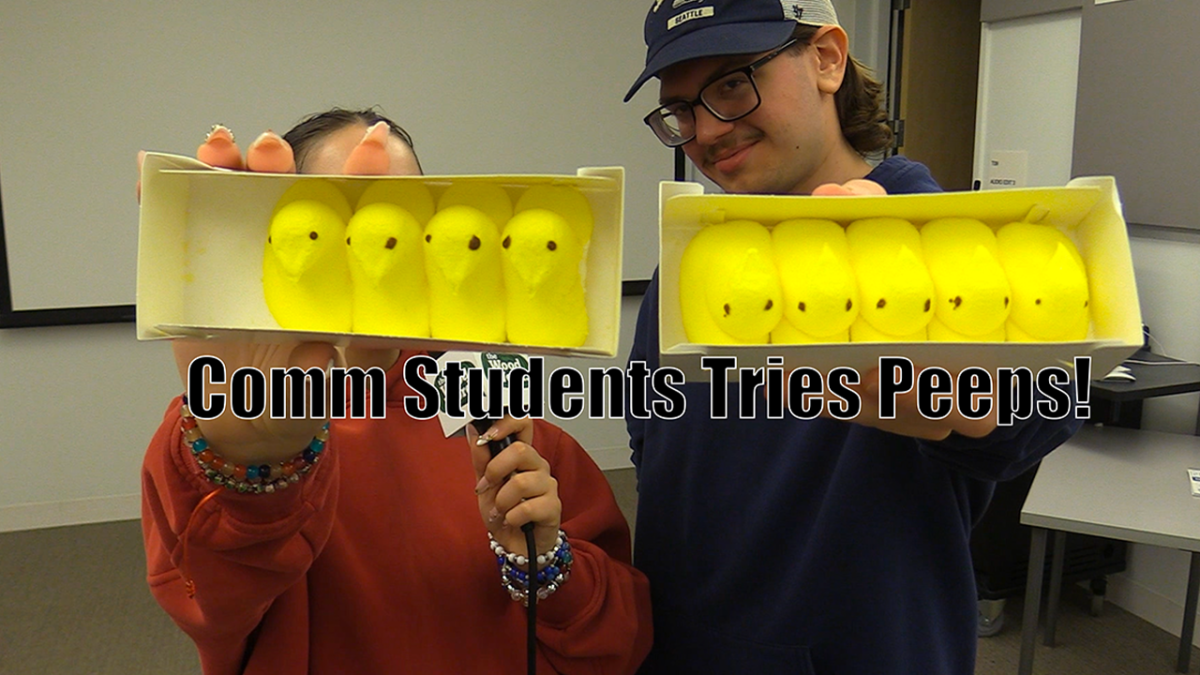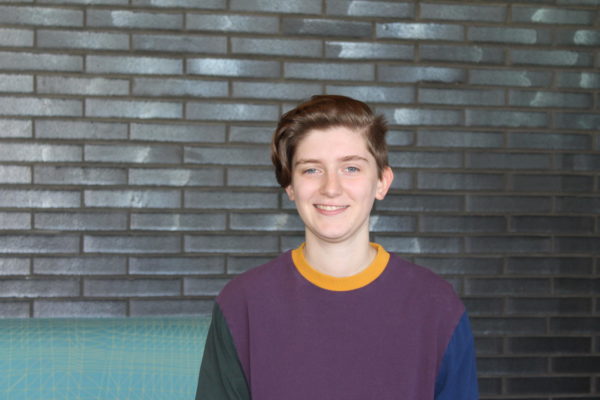Artificial Intelligence (AI) has become a predominant part of our lives. It can be used for fun like making cartoon characters and celebrities sing covers of our favorite songs or for making art. It is also becoming a more useful tool. According to What is AI in healthcare, AI is still in its new stage but it has the potential to analyze data and improve diagnoses, reduce the cost of healthcare and improve workload while reducing stress in staff. This article also acknowledges the issues with AI such as training complications, security risk and inaccuracies occurring.
According to The Register and Hardwire AI being used to write student papers and even academic journal articles as well as constructing many other kinds of creative works. AI-written papers are the newest form of plagiarism because the student isn’t writing the paper. Instead, they pick a topic and have AI generate a paper based on that topic.
AI technology is used to make song covers using the voice of a celebrity or cartoon character. However, people are using AI song technology to make money and violate copyrights.
Since copyright is a complex issue, this is causing problems.
Things got so out of hand with AI music that the Grammys banned it from the awards show. The Recording Academy, the organization that awards the Grammys, is acknowledging the problem with AI music. Though it has no long-term solution, the Grammys banning AI music is a step in the right direction.
AI art is controversial, with numerous debates surrounding it. The Unite AI artists are embracing AI-generated art, describing it as a “supplemental tool” that artists use to explore new creative territory.”
Vicki Fox, in an article published in Beautiful Bizarre, a quarterly contemporary art publication, says that AI art takes away jobs from human artists and creatives, and uses their work without their consent or compensation to create what it calls “new work,”
AI use in art also has its limitations, including the inability to draw human hands or feet. Artists also note that AI doesn’t have the ability to recognize what makes human art distinct. As a result, the art produced by AI is generic and too similar-looking. Because of these limitations, I don’t think AI is going to take away experienced artists’ jobs, however it can potentially threaten entry level artist jobs.
Of all these challenges to human creativity, I think AI-generated writing presents the greatest problems. However, the plagiarism problem has a simple solution. Professors and teachers can simply run their students’ essays through an online AI detector. Turnitin’s AI checker is 98% accurate. Also, AI text is noted as being predictable and lacking logic.
Sometimes it’s easy to tell if something was written in AI because AI is still so new it has limited capabilities. Thanks to these limitations, AI sometimes generates information that is not factual or doesn’t make sense. That’s why there are AI editing jobs available.
Even though AI is still developing it’s impressive what it can accomplish so far. However, since it is still in an early developmental stage it’s still too limited to supplant humans.
It has potential in the medical field but it’s too early to tell whether AI will work there or not. Even though AI makes music covers with celebrities and television characters for fun, it is also violating copyright laws when it is being produced for monetary benefits. With art, it may be able to explore new territories, but AI isn’t capable of drawing humans.
AI is an impressive tool but it’s far too flawed to take over most human jobs at this time.
Contact the writer: [email protected]












